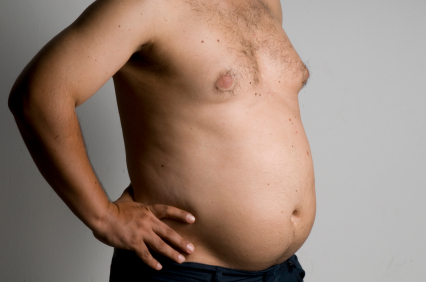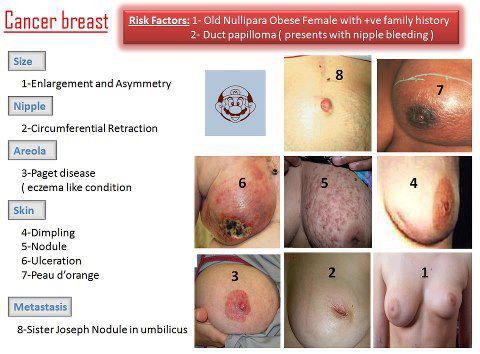Understanding Prostate Cancer: Diagnosis and Stages
Being told that you have prostate cancer can be a frightening experience. When you are told of your condition, it's common to be so overwhelmed that you neglect to ask important questions, only to think of them once you've gotten home. Understanding your illness is often the first step on the road to recovery. Here's what you need to know about your diagnosis and how the cancer is staged: 1.Diagnosing Stages Once a man has been diagnosed with prostate cancer, his physician will perform one or more additional tests to determine the stage of cancer. These tests may include a digital rectal examination, a blood test, an MRI of the prostate or skeleton, a CT of the pelvis and abdomen, or a surgical procedure to examine lymph nodes. While not all men will need each test, most men will undergo at least one of these tests in order for their physician to better stage the cancer. 2.Stage I If you are diagnosed with stage I prostate cancer, this means that your cancer is mi...






